What Are You Even Shooting?
How mood boards can help you focus your photography (and maybe your brain)
There are a few ways I tend to go out and shoot.
Sometimes it’s the spray and pray method: camera in hand, no plan, just vibes. Maybe something good will happen. Maybe it won’t. Either way, I’ll come home with a memory card full of maybe-maybes and definitely-nots, and then spend a frustrating evening in Capture One trying to find a theme that just isn’t there, just mild confusion in 267 frames.
Other times I head out with a bit more structure:
“Let’s do some street photography.”
Which then means wandering around town taking photos of people walking past interesting walls and calling it intentional. Sometimes that works. Sometimes it just feels like I’m cosplaying as someone who knows what they’re doing.
But then there are those rare times I go out with a vision — not just a category or a general vibe, but a specific feel, aesthetic, or mood I want to explore. And nine times out of ten, that starts with a mood board like this:
So, what is a mood board?
Technically, it’s “an arrangement of images, materials, pieces of text, etc. intended to evoke or project a particular style or concept.”
But let’s strip that back.
A mood board is a way to gather your visual intentions in one place.
It’s part inspiration, part map, part mirror. It shows you what you’re drawn to — and helps you remember why you wanted to pick up the camera in the first place.
Sometimes it’s a grid of images pulled from other photographers whose tone or aesthetic speaks to you.
Sometimes it’s a set of screenshots, colour swatches, quotes, or film stills.
Sometimes it’s a weird mash-up of visual references that don’t seem to fit together until you realise: oh — this is how I see things.
That’s the power of a mood board.
It doesn’t just say, “Here’s what’s popular.”
It says, “Here’s what feels right to you.”
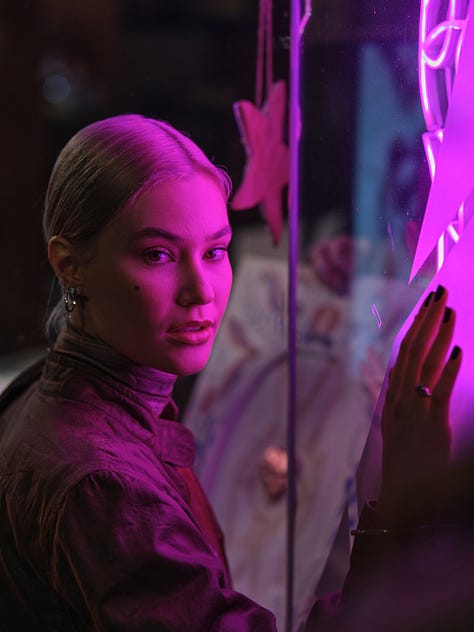
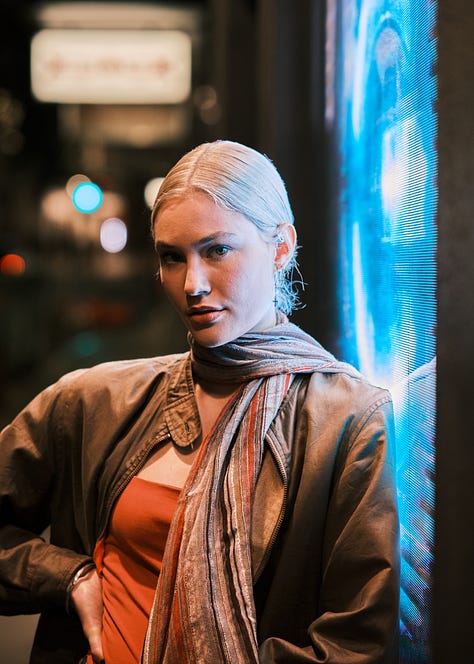
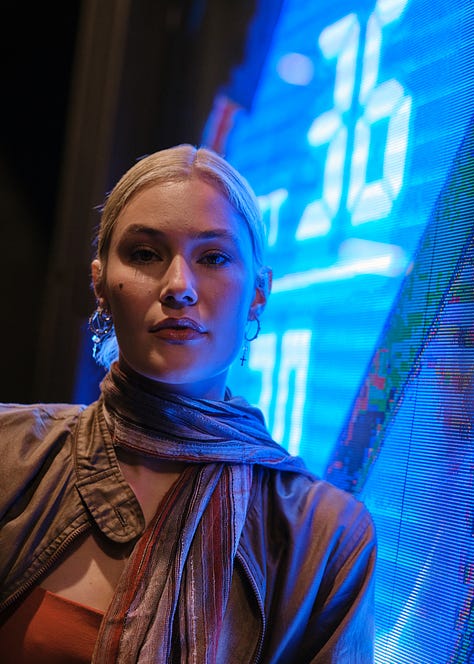
Why bother?
Because going out to shoot without a plan can be freeing — until it’s not.
Until every photo walk starts to feel the same. Until you realise you’re making the same safe images, copying things you’ve seen, or worse — making work that feels like it belongs to someone else.
A mood board gives you:
Inspiration — Not just what to shoot, but how. Lighting, texture, framing, mood.
Focus — A filter for your walk. A lens through which to see the world. You stop grabbing at everything and start noticing the right things.
Creativity — Not mimicry, but momentum. Mood boards aren’t about copying. They’re about setting your coordinates before you leave the house. They remind you of your voice in a world shouting trends at full volume.
Because in this algorithm-driven, aesthetic-optimized, swipe-and-forget era, creativity isn’t optional. It’s your only real edge. Your mood board isn’t a Pinterest page — it’s a prompt for deeper work.
And if you make it honestly, it can show you what you’ve been trying to say — even if you didn’t have the words before.
How to Make a Good Mood Board
(and not just an aesthetically pleasing wall of other people’s work)
Let’s be honest: mood boards can turn into rabbit holes really quickly.
You start looking for inspiration and suddenly you’ve pinned 47 images from photographers you low-key envy, a dozen movie stills that look amazing but have nothing to do with how you shoot, and some quote in Courier New about light being truth. Now you’re overwhelmed and feeling creatively unworthy.
Here’s how I try to keep mine useful (and not just aesthetically aspirational):
Start with a gut feeling.
What’s pulling you in lately? Colour? Mood? Texture? Isolation? Joy? Start there. Don’t worry about being articulate — you’re trying to capture a vibe, not write an artist statement (yet).Pull together a few images that feel like something you’d shoot.
Not what you wish you could shoot with a different lens, in another country, with better weather — but images that connect with your actual way of seeing.Mix your sources.
Use other photographers, sure — but also film stills, art, design, even your own older photos. This isn’t about copying style. It’s about collecting visual breadcrumbs that lead you back to your own instincts.Keep it rough.
This isn’t a gallery. This is your sketchpad. Drop the pressure to make it look curated. Scribble notes if you want. This is just for you.Ask yourself: What do these images have in common?
It might be colour temperature. Negative space. Angles. Shadows. Repetition. Emotion. That’s your pattern — and probably your voice trying to get your attention.
Save it somewhere easy to access — I use my phone or even print a simple one-pager if I’m working on a focused project. It’s like a compass. Doesn’t tell you what to shoot. Just where your true north might be.
How to Use It While Shooting
(without turning into a frustrated perfectionist on a scavenger hunt)
Okay, now you’ve got a mood board. Great. But how do you actually use it when you're out in the world, camera in hand, light doing strange things, and someone’s parked a Honda Jazz in the middle of your perfect frame?
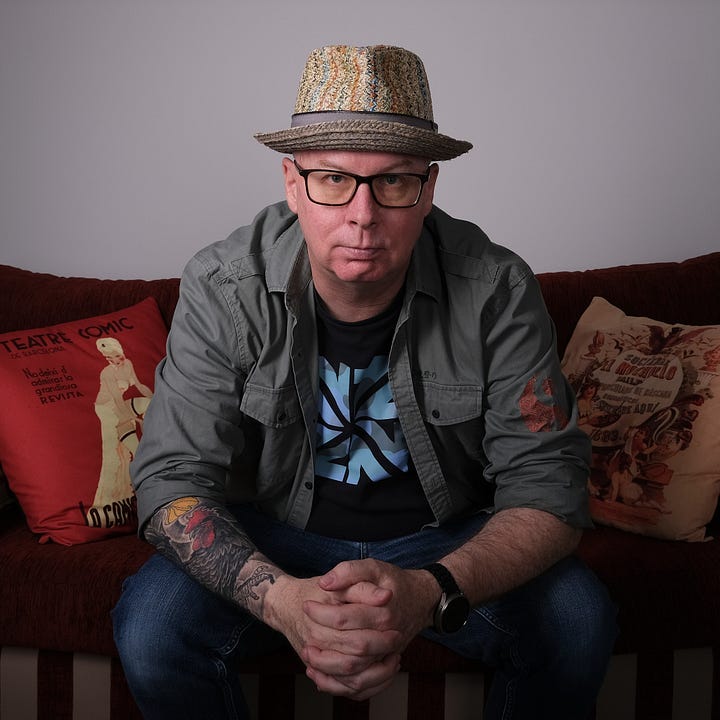
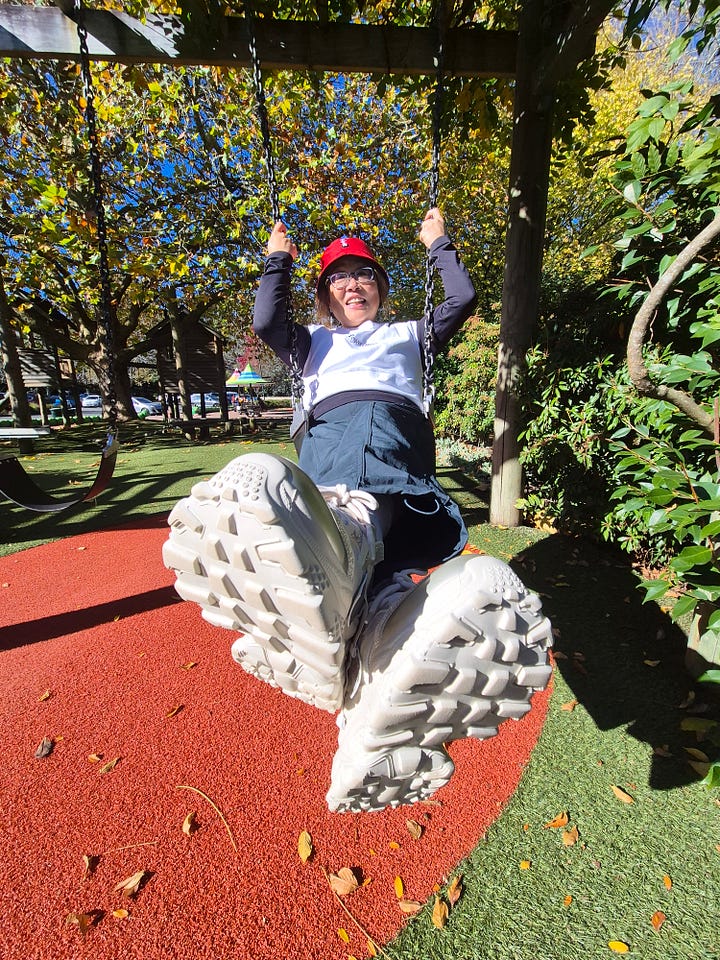
Here’s what I’ve learned:
Use it as a lens, not a checklist.
Don’t try to recreate the exact scenes you’ve saved. That’s a fast track to disappointment. Instead, ask: what does this scene in front of me remind me of? What’s the feeling I’m chasing here?Let it influence your attention.
If your board leans toward high contrast and negative space, you’ll find yourself noticing light and shadow more. If it’s full of quiet, melancholic tones, you’ll start seeing stillness in places you usually rush past. It’s less about what you shoot, and more about how you see.Pause before you shoot.
One second. Just long enough to ask: Is this in line with what I’m working on? Not to be rigid — but to be intentional. Even one thoughtful pause can shift a photo from generic to meaningful.Let it evolve.
Sometimes I’ll come home from a shoot, look at what I got, and tweak the mood board. Add something. Remove something. This isn’t a blueprint. It’s a living guide. Let it grow with the work.Most importantly: trust your instincts.
A mood board is a tool, not a leash. If something in the moment calls to you that isn’t on the board, shoot it anyway. That’s your intuition knocking. Answer the door.
So if you’ve been heading out with your camera and coming home a little lost — not quite sure what you were chasing or if you ever really found it — maybe it’s time to try making a mood board.
Not as homework, not as a performance, but as a quiet way to tune into your own creative frequency.
It won’t solve everything, but it might help you see what you’ve been looking for all along. And the next time you’re out, camera in hand, light shifting just so — you might find yourself noticing something you would’ve missed before. That moment of oh, there it is. That’s all you need.
- Craig





